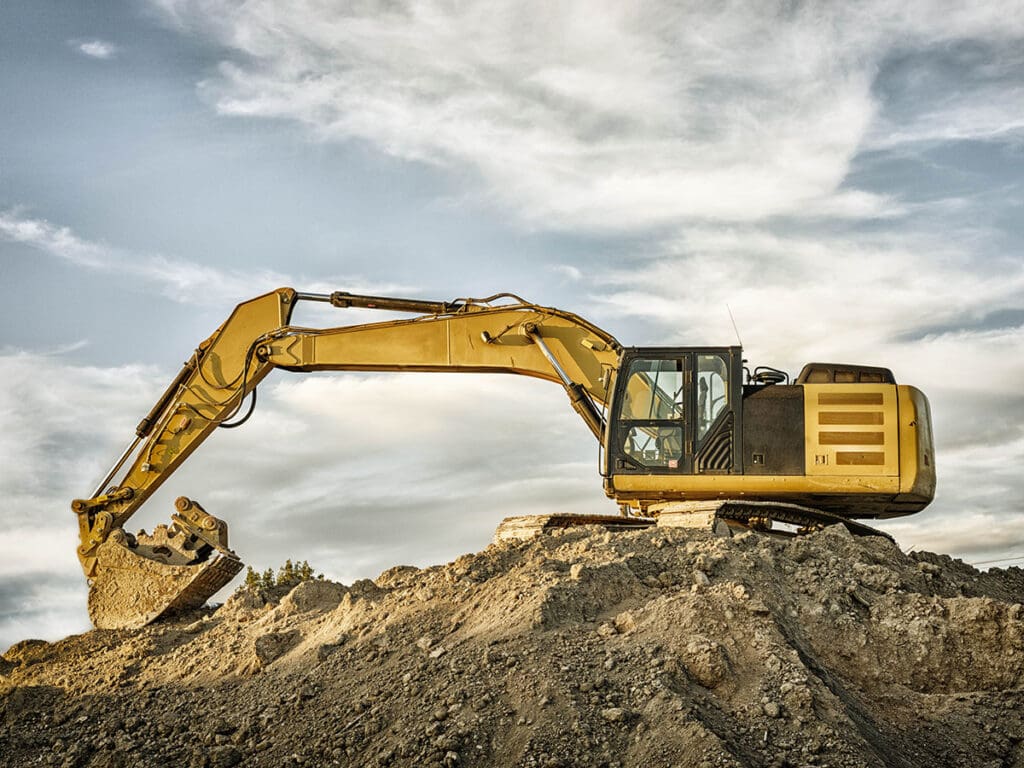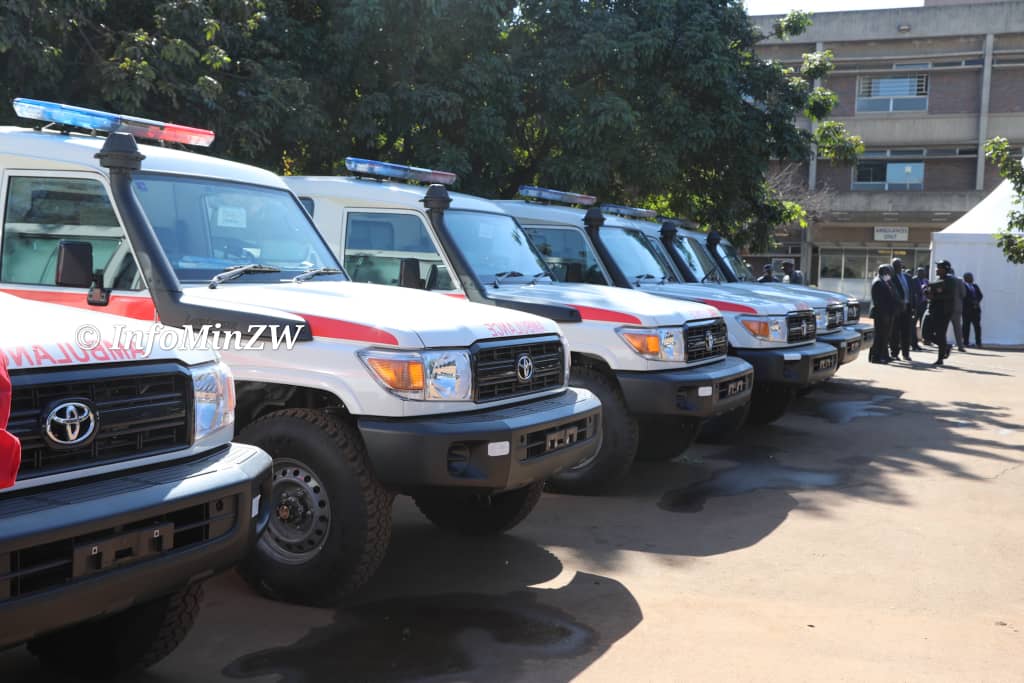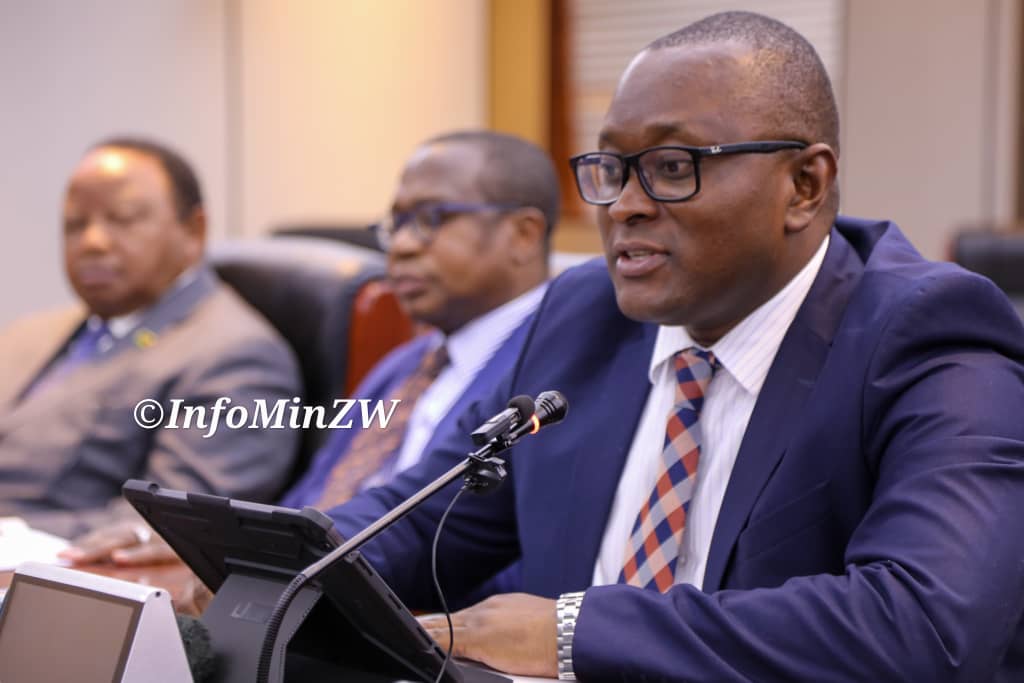EMA partners private sector in rehabilitating degraded mined out areas
Share

ONE of the key pillars of the National Development Strategy 1 is the rehabilitation of
degraded mined out areas, and the Environmental Management Agency (EMA),
together with other Government and private players, is committed to ensure progress
in this sector.
Mine rehabilitation is the process of repairing any damage caused by mining activity.
This practice is done with the intention of returning the mined area back to its pristine
state for the safety of wildlife, flora, and humans. According to local regulations, once
a mining project is complete, the land must be reverted to its natural state by the
project owner.
Where mining takes place, the land is usually cleared of all vegetation, the
landscape drastically altered and the ecosystem totally disrupted. If not properly
managed and monitored, mining activities can also have significant negative impacts
on the surrounding environment, particularly from the discharge of mine effluent
contaminated with sediments, chemicals and toxic metals.
Most abandoned mines release toxic heavy metals into nearby streams by surface
run-off or through groundwater contamination. Mines in which the ores are mainly
pyrites also pose a serious threat of acid mine drainage, resulting in a decreased pH,
in all nearby aquatic ecosystems. Deep pits and tunnels also pose a serious threat to
wildlife, domestic animals and children as they risk drowning.
Additionally, mining also contributes to deforestation, significant use of water
resources, and loss of biodiversity.
In too many instances, mines have been abandoned in a highly degraded condition,
with limited or no rehabilitation treatment and this has made enforcement very
difficult as these mines will be deserted. If not properly managed, mining activity can
impact surrounding environments and their biodiversity. This can have disastrous
results such as erosion and the release of toxins and heavy metals.
Mine rehabilitation minimises the environmental effects of mining and keeps
surrounding land healthy by ensuring the stability and sustainability of the land, soil,
and water.
Soil, vegetation, and water bodies altered during the mining project are brought back
to pre-mining conditions or as close to it as possible. Closed or abandoned mines
are very unsafe if left unrehabilitated. This is why we have mine rehabilitation, which
is a sustainable response to this man-made destruction. Through mine rehabilitation,
there is reduced soil erosion thereby reducing serious siltation in the water bodies.
The Environmental Management Agency is in charge of enforcing the rehabilitation
on mined out areas under the EIA and Ecosystems Protection Unit. The
Environmental Protection Department makes it mandatory for a miner to rehabilitate
land after the mineral resource is depleted. Mining is a prescribed project listed in the
first schedule of the Environmental Management Act Chap 20:27 and as such before
a proponent is initiating any mining activity, they are supposed to do an
Environmental Impact Assessment (EIA).
In the EIA, the proponent is supposed to expose all possible environmental impacts
the mining project is going to cause and how they are going to mitigate the impacts.
The EIA document is also supposed to clearly outline a rehabilitation plan for all the
degradation caused by the mining activity. This is a sustainable way of managing our
country’s natural resources.
Most illegal miners are operating without a valid EIA certificate and most of these
miners cause most degradation that have given birth to most environmental
challenges.
In a bid to ensure rehabilitation works are accelerated, EMA has partnered Masvingo
City Council and Masimba Construction Company in the rehabilitation of degraded
mined out areas in Masvingo District. The partners have committed their time and
resources to the rehabilitation of degraded areas at the Wimpy area in Masvingo
town.
This is a clear sign of sound environmental stewardship by players in the private
sector. In Chivi EMA has also partnered Chivi Rural District Council, Exodus and
Company and Fossil contractors in the rehabilitation of degraded land.
EMA is still committed to ensuring that there is continued rehabilitation works across
the entire province, and it is also enforcing all current mining companies throughout
the province to rehabilitate all areas where mining operations has ceased.
After all pits have been filled the agency takes the rehabilitation further through the
introduction of once existing plant species particularly grass and leguminous plant
species. The Forestry Commission also comes in through sustainable afforestation
of both indigenous and exotic trees in the rehabilitated land. The Agency also carries
out periodic inspection in all operational mines to monitor rehabilitation progress, and
most mines in the province are responding positively to the requirements of an EIA
where they are supposed to rehabilitate all areas where mining is complete.
EMA seeks to advise all players who wish to engage in mining activities that they
should carry out the EIA process with the assistance of a registered consultancy and
also ensure that when operations start they are in possession of a valid EIA
certificate. The agency also encourages all mine operators to ensure that they
comply with the requirements of the EIA and that they also implement their
environmental management plans. This will ensure sustainable utilisation of natural
resources and will also make all rehabilitation works easier.
Inserted by Masvingo Environmental Management Agency (EMA)









